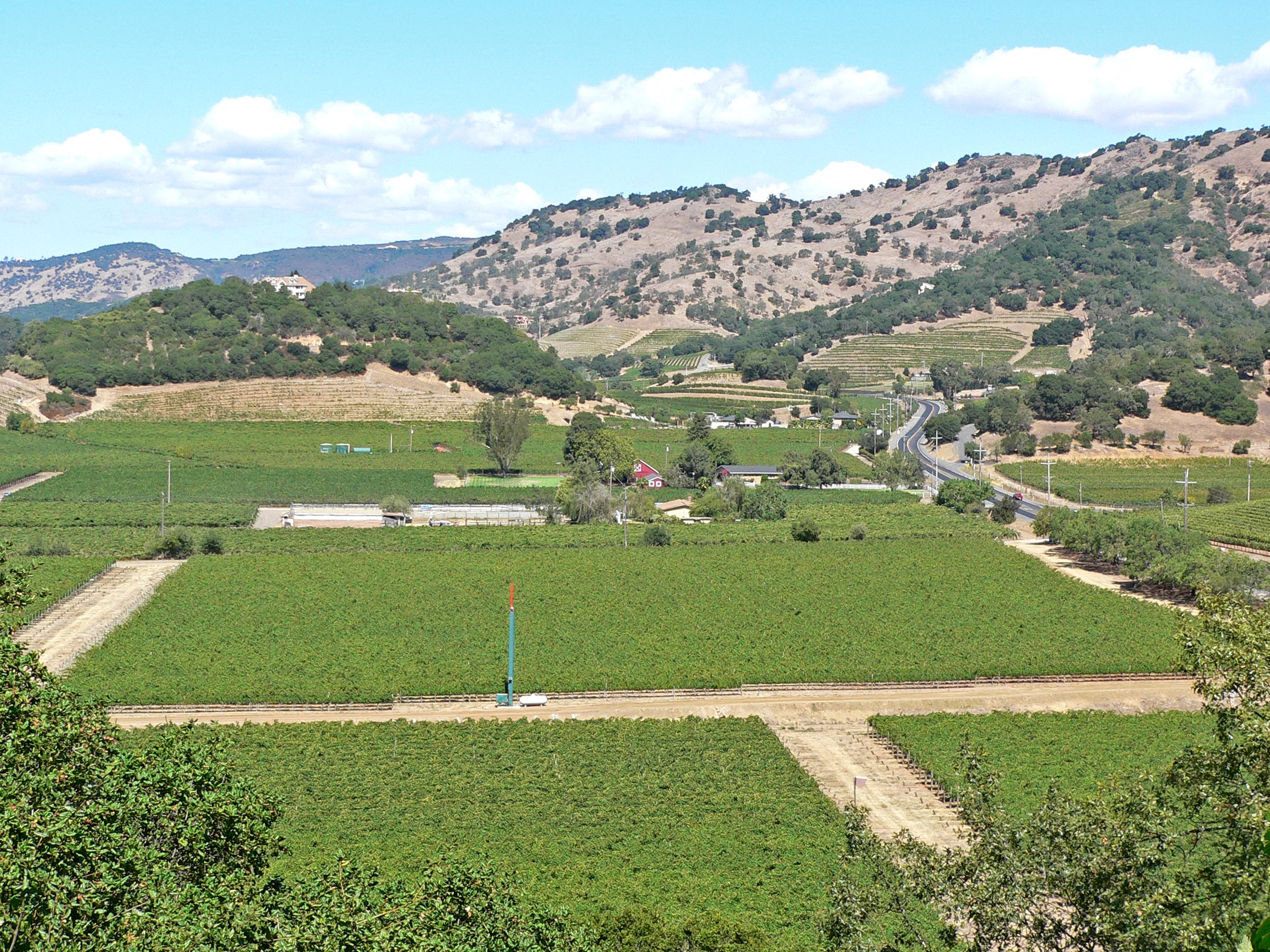The Beginner's Guide to the Art of Winemaking
- Introduction to Winemaking
- Wine Grapes: Varieties And Characteristics
- The Winemaking Process: Part 1
- The Winemaking Process: Part 2
- Understanding Wine Styles
- Sensory Evaluation of Wine
- Advanced Sensory Evaluation Techniques
- Wine Pairing Essentials
- Exploring Wine Regions: Europe
- Exploring Wine Regions: New World
- Organic and Sustainable Winemaking
- The Business of Winemaking
Exploring Wine Regions: New World
Exploring the Wine Regions of the United States and Canada

Wine from the U.S. state of California.
The United States and Canada, both part of the New World wine regions, have a rich and diverse wine industry. This article will provide an overview of the key wine regions in these countries, the major grape varieties and wine styles, and the influence of climate and geography on wine production.
Overview of the Wine Industry in the United States and Canada
The United States is the fourth-largest wine producer in the world, with California leading the way, producing about 85% of all American wine. Other significant wine-producing states include Oregon, Washington, and New York.
Canada, on the other hand, is more known for its ice wines, but it also produces a variety of other styles. The country's wine production is concentrated in British Columbia and Ontario.
Key Wine Regions
United States
- California: Known for its Cabernet Sauvignon, Merlot, Chardonnay, and Zinfandel. Key regions include Napa Valley, Sonoma County, and Paso Robles.
- Oregon: Renowned for its Pinot Noir, especially in the Willamette Valley.
- Washington: Produces a wide range of varieties, with Merlot, Cabernet Sauvignon, and Chardonnay being the most prominent.
- New York: Known for its Riesling, particularly in the Finger Lakes region.
Canada
- British Columbia: Known for its Merlot, Pinot Gris, and Ice Wine. Key regions include Okanagan Valley and Similkameen Valley.
- Ontario: Renowned for its Ice Wine, but also produces Chardonnay, Riesling, and Cabernet Franc, especially in the Niagara Peninsula.
Major Grape Varieties and Wine Styles
The United States and Canada produce a wide range of wine styles, from full-bodied reds to crisp whites and sweet dessert wines. The major grape varieties include Cabernet Sauvignon, Merlot, Chardonnay, Zinfandel, Pinot Noir, and Riesling.
In Canada, Vidal Blanc is a significant variety used in the production of Ice Wine, a sweet dessert wine made from grapes that have been frozen while still on the vine.
Influence of Climate and Geography on Wine Production
The diverse climates and geographical features of the United States and Canada play a significant role in their wine production.
In the United States, the coastal regions benefit from the cooling influence of the Pacific Ocean, which helps to moderate temperatures and create a range of microclimates suited to viticulture. In contrast, the inland regions have a more continental climate, with hotter summers and colder winters.
Canada's wine regions are located at a higher latitude than most other wine regions, which results in long daylight hours during the summer. The country's cold winters are ideal for the production of Ice Wine.
Notable Wineries and Wines to Try
There are numerous notable wineries in the United States and Canada, each with its unique offerings. Some recommendations include:
- United States: Opus One (Napa Valley), Domaine Drouhin (Oregon), Chateau Ste. Michelle (Washington), Dr. Konstantin Frank (New York)
- Canada: Mission Hill Family Estate (British Columbia), Inniskillin (Ontario)
By exploring the wine regions of the United States and Canada, you can discover a wide range of wine styles and learn about the unique characteristics that each region brings to its wines.